190T Taffeta is a synthetic woven fabric known for its smooth surface, crisp texture, and lightweight nature. The “190T” in its name refers to the thread count—190 threads per square inch. While that may not sound like a big deal, in the textile world, it hits a sweet spot. It’s just tight enough for strength and just light enough for flexibility.
|
Parameter |
Details |
|
Also Known As |
Taffeta 190T, Lightweight Taffeta, 190T Polyester Taffeta |
|
Manufacturing Process |
Woven (Plain Weave) using synthetic yarn; can be dyed or solution dyed |
|
Appearance |
Smooth, shiny surface; crisp hand feel; slight rustling sound |
|
GSM Range |
45 – 65 GSM |
|
Composition Range |
100% Polyester (most common), Nylon (less common) |
|
Construction Range |
190 threads/inch (T), typically using 75D/72F or 150D yarns |
|
Possible Yarn Count |
75D × 75D, 75D × 150D, 150D × 150D |
|
Full Width Options |
57/58", 59/60", 71/73" (depending on mill and market) |
|
Functionality Options |
PU, TPU, PVC, AC, W/R (Water Repellent), PA (Polyamide), Silver Coating |
|
Fabric Breathability |
Low to moderate (depends on coating; PU-coated fabrics reduce breathability) |
|
Stretchability |
None (no natural or mechanical stretch; can be blended for stretch if needed) |
|
Prone to Pilling/Bubbling |
Not prone to pilling; minimal bubbling with proper coating |
|
Origin (First Produced) |
France, ~1930s (adapted from silk taffeta into synthetics in 20th century) |
|
Biggest Exporter Country |
China (Estimated 450,000+ metric tons/year for coated woven taffeta) |
|
Recommended Washing Temp |
30°C – 40°C (machine washable, gentle cycle; avoid hot drying) |
|
Finishing Uses |
Antistatic, UV Coating, Waterproofing (DWR/PU), Flame Retardant, Anti-Mildew |
|
Colorfastness |
4–5 Grade (on grey scale, excellent with disperse dye) |
|
Water Resistance |
Up to 1500mm hydrostatic head with PU/PA coating |
|
UV Resistance |
High with silver or UV coatings (for tents, umbrellas) |
|
Abrasion Resistance |
Moderate (not suitable for heavy friction; outerwear linings OK) |
|
Shrinkage Rate |
Negligible if properly finished; <2% after standard wash |
|
Drape Quality |
Medium drape; not flowy like silk taffeta but more structured |
|
Common Applications |
Umbrellas, Tent Layers, Luggage Linings, Windbreakers, Promotional Bags, Flags, Budget Rainwear |
|
Printing Compatibility |
Sublimation (for polyester), Pigment (for coated versions) |
|
Eco-Friendly Options |
Recycled Polyester Taffeta (RPET) versions now available |
|
Roll Size (Standard) |
Typically 100 meters per roll; varies based on GSM and customer spec |
|
Common MOQ (Factory) |
1000 meters per color/design (varies by mill) |
It’s commonly made from polyester or nylon yarns and is a staple in windbreakers, umbrella canopies, linings, flags, and more. This fabric gets a lot of attention for being budget-friendly and reliable for water-resistant applications.
Table Of Contents
Technical Specifications of 190T Taffeta Fabric
Thread Count and Construction
The "190T" literally stands for 190 threads per inch, which makes this fabric a moderately dense weave. Not too tight, not too loose—just right for casual and industrial applications.
The construction is usually plain weave, giving the fabric its smooth, uniform texture. Manufacturers often use 75D to 150D denier polyester yarn, depending on the intended application.
GSM and Weight Range
The GSM (grams per square meter) typically ranges from 45 to 65 GSM. That’s quite light, so you won’t feel weighed down if you're wearing a jacket or carrying an umbrella made from this stuff.
Just for comparison, heavier nylon fabrics used in backpacks often exceed 200 GSM. So, think of 190T Taffeta fabric as a featherweight contender in the textile ring.
Coating Options (PU, PA, Silver, PVC)
Here’s where things get spicy:
- PU (Polyurethane) coating: Adds waterproofing and stretch.
- PA (Polyamide) coating: Improves water resistance and breathability.
- Silver coating: Reflects UV rays—perfect for tents and shades.
- PVC coating: Increases waterproofing but can reduce breathability.
Depending on the coating, 190T taffeta becomes a multitool for various weather conditions.
Key Features of 190T Taffeta Fabric

Water Resistance and Windproof Capabilities
With the right coating (PU or PA), 190T Taffeta offers impressive water resistance. We're talking about hydrostatic pressure ratings of 300mm to 1500mm, depending on treatment. That means it can handle a light to moderate rain, which makes it ideal for tents, raincoats, and umbrellas.
It’s also naturally windproof due to its tight weave. Think of it as a thin, protective shell—almost like your skin on a breezy day.
Colorfastness and Durability
This fabric holds dyes quite well. With proper treatment, colorfastness ratings can hit 4–5 on the standard grayscale (out of 5). So, fading isn't a worry unless it’s constantly left out under harsh sunlight.
Softness and Feel
Taffeta has that signature "rustling" sound. It’s crisp, slightly shiny, and smooth to touch—like wrapping paper that’s gone upscale. Don’t expect plushness, but it’s comfortable enough for linings and outerwear.
Common Applications of 190T Taffeta Fabric
Apparel and Outdoor Gear
You’ve likely brushed against 190T Taffeta without even knowing it. It lines windbreakers, acts as a shell fabric in budget raincoats, and even sneaks into lightweight sleeping bags.
- Windbreakers: Lightweight and breathable
- Raincoats: When PU or PVC coated
- Linings: Adds a sleek feel to jackets
Umbrellas and Linings
Because of its waterproof qualities and dyeability, it’s perfect for:
- Umbrella canopies (often silver-coated)
- Luggage linings
- Sports bags
- Suitcase organizers
Industrial and Promotional Use
190T Taffeta pops up in some unexpected places:
- Event banners and flags
- Giveaway bags
- Tent layers
- Furniture covers
Budget-conscious brands love it because it’s easy to print on, sew, and store.
Advantages and Limitations of 190T Taffeta Fabric
Strengths
- Cost-effective: One of the cheapest water-resistant fabrics.
- Lightweight: Easier to transport, sew, and wear.
- Durable enough: With coatings, it resists water and wind well.
- Easy to dye and print on: Great for custom designs.
Weaknesses
- Not breathable without coating treatment.
- Can feel plasticky with certain coatings.
- Low abrasion resistance: Not ideal for rough outdoor use.
- Rustles loudly: So not the best if you're trying to sneak around!
Final Thoughts on Choosing 190T Taffeta Fabric
190T Taffeta isn’t trying to be fancy. It’s functional, efficient, and inexpensive—like your favorite pocketknife. If you need a versatile fabric that can block wind, resist water, and keep costs down, this one’s a smart pick. Just don’t ask it to climb Mount Everest or survive a dog’s chew test.
FAQs About 190T Taffeta Fabric
Q1: Is 190T Taffeta fabric waterproof?
Yes, especially when coated with PU, PA, or PVC. Without coating, it's only water-resistant to a limited extent.
Q2: What does 190T mean in fabric terms?
It means the fabric has 190 threads per square inch. This affects density, durability, and feel.
Q3: Is 190T Taffeta good for jackets?
Absolutely. It's commonly used in linings and outer shells, especially in windbreakers and raincoats.
Q4: Can I use 190T Taffeta for tents?
Yes, but only for inner layers or as a rainfly, not as the base layer. Look for coated versions.
Q5: How does it compare to 210T Taffeta?
210T is denser and slightly heavier, offering better water resistance and durability but at a higher cost.



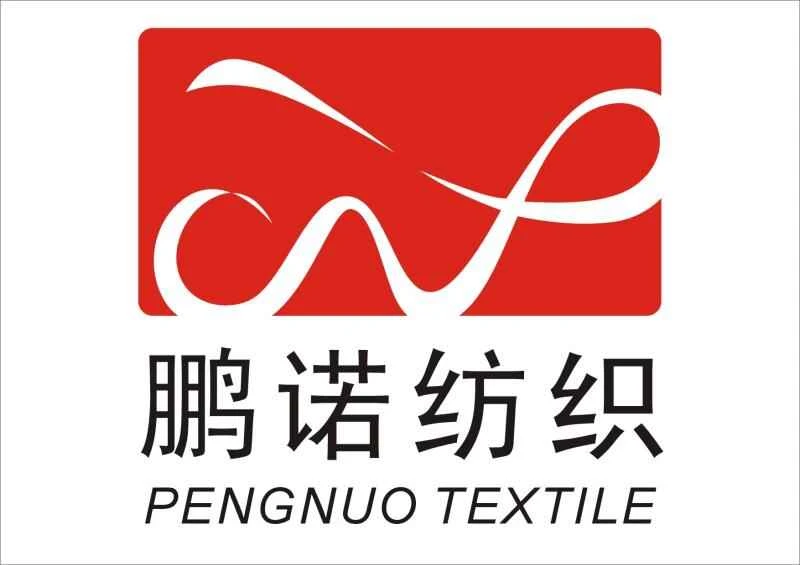

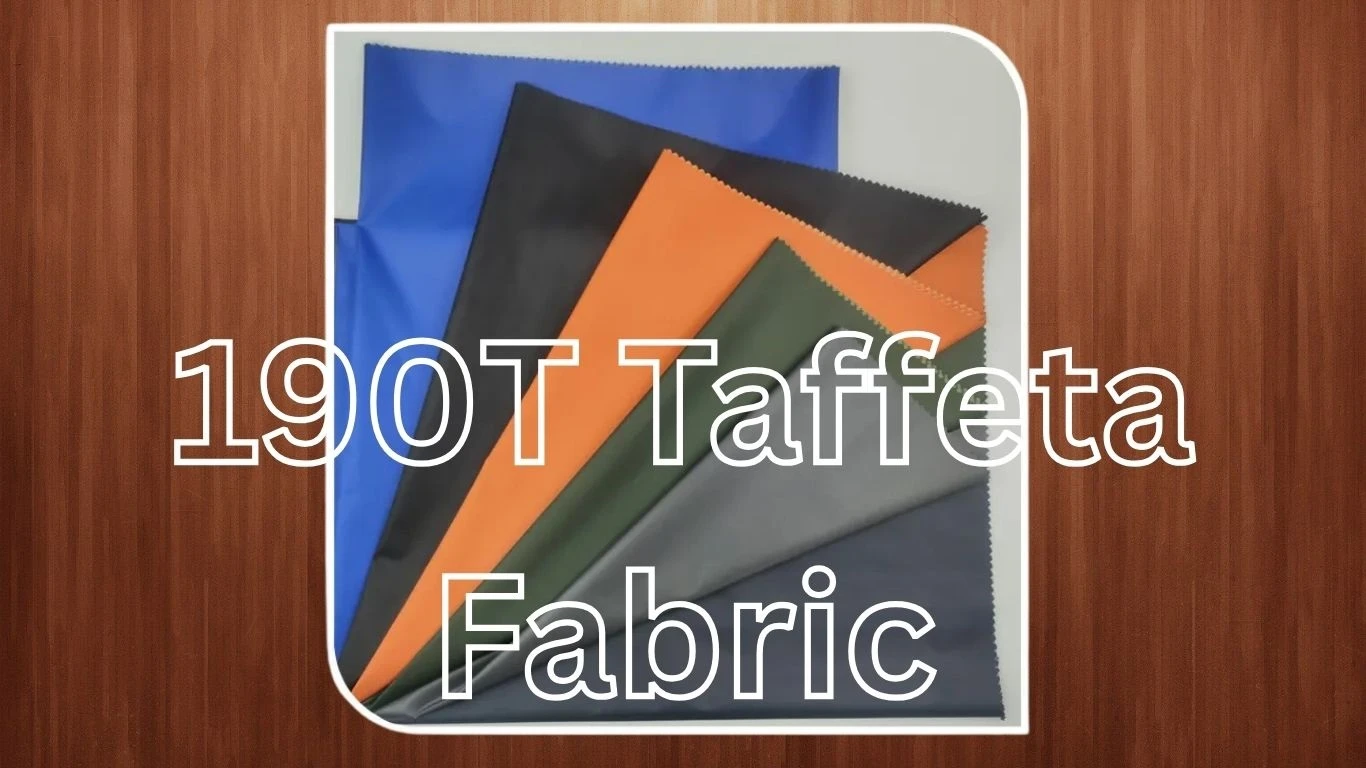
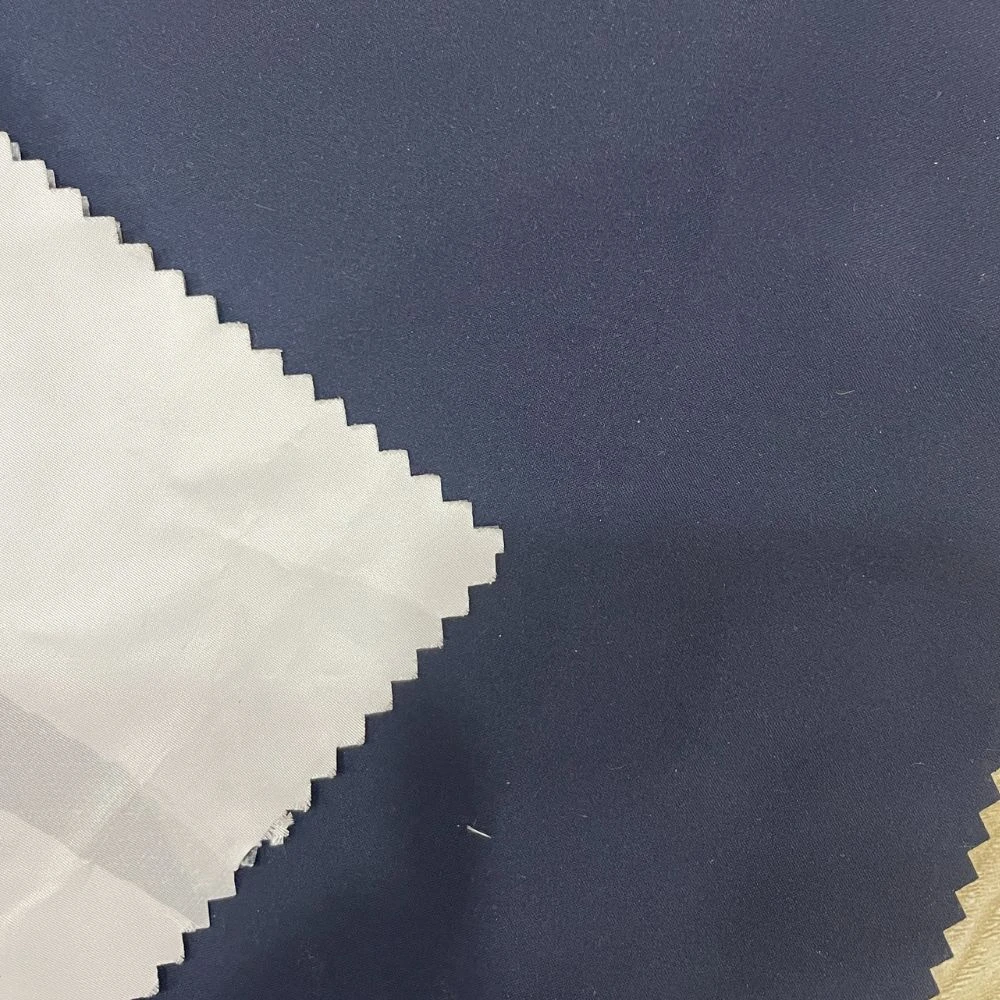
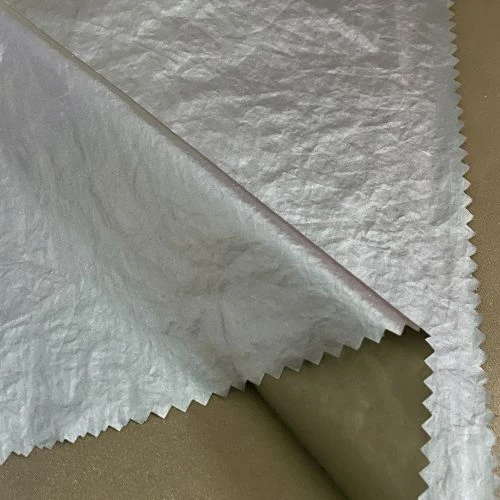
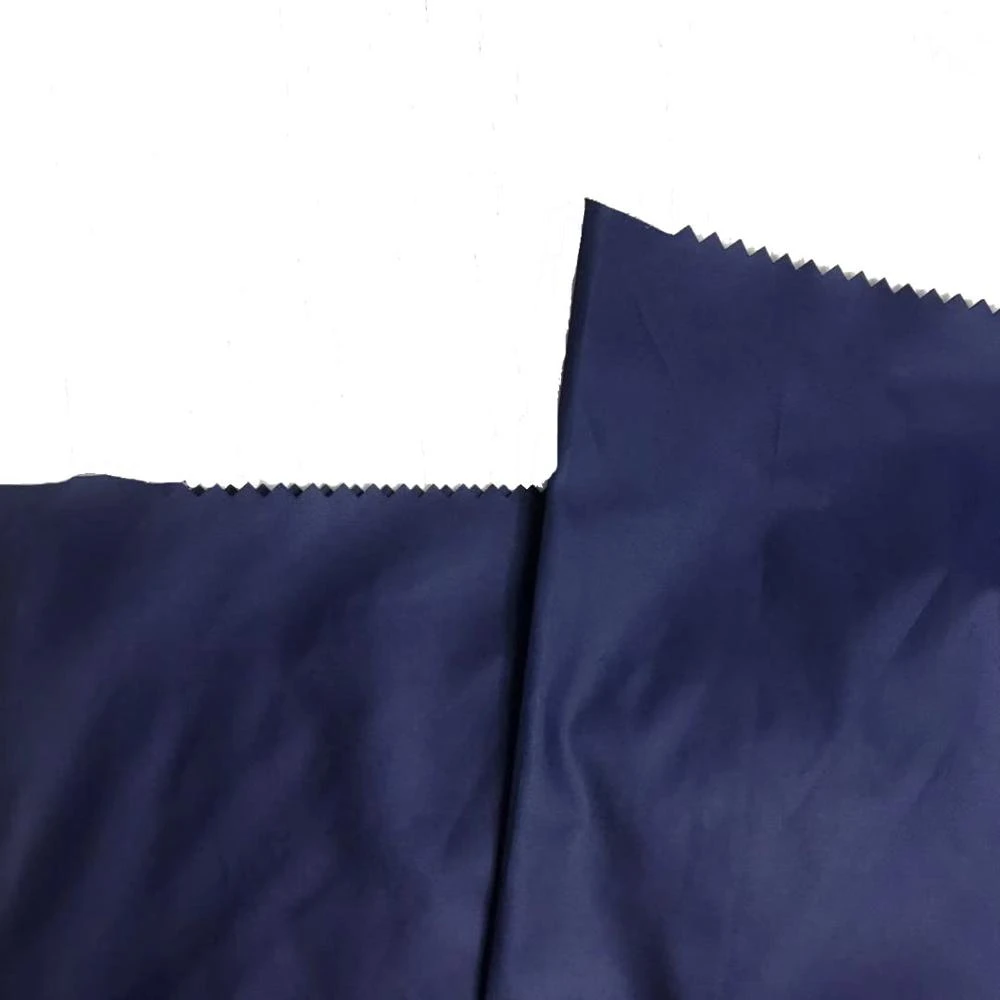
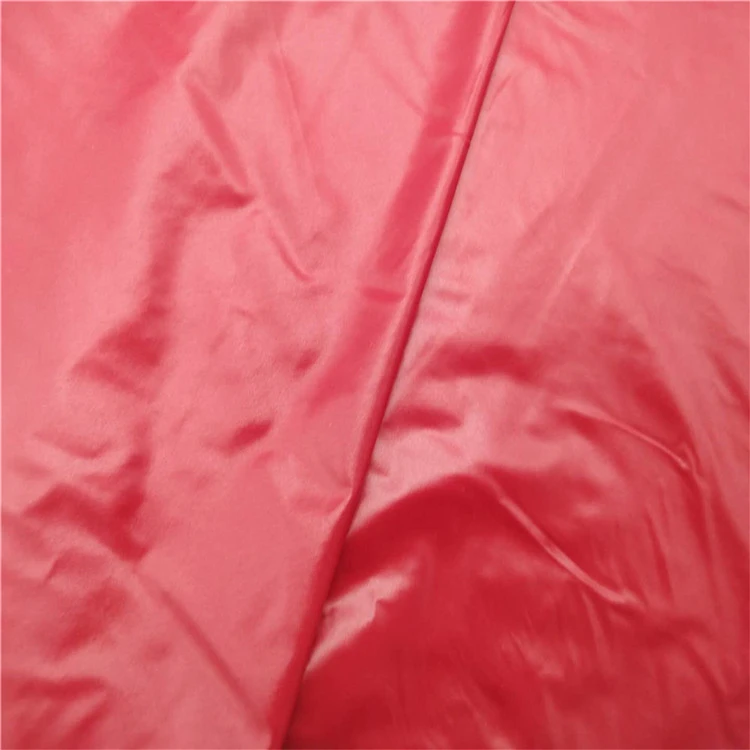
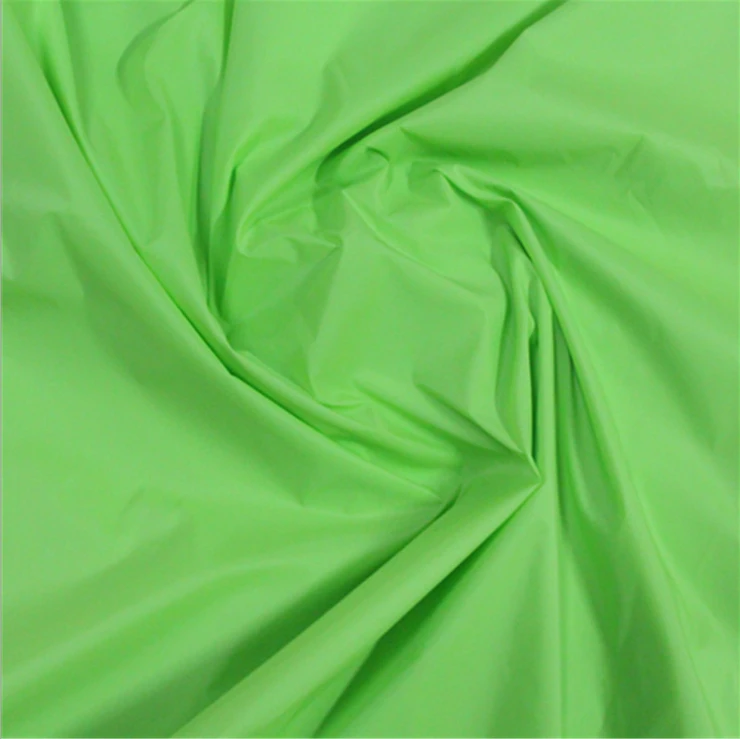
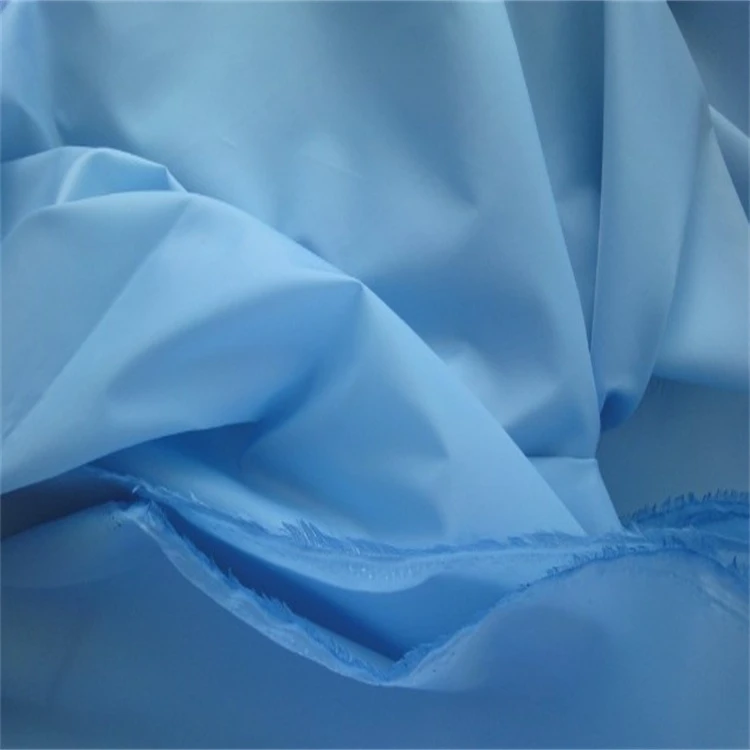
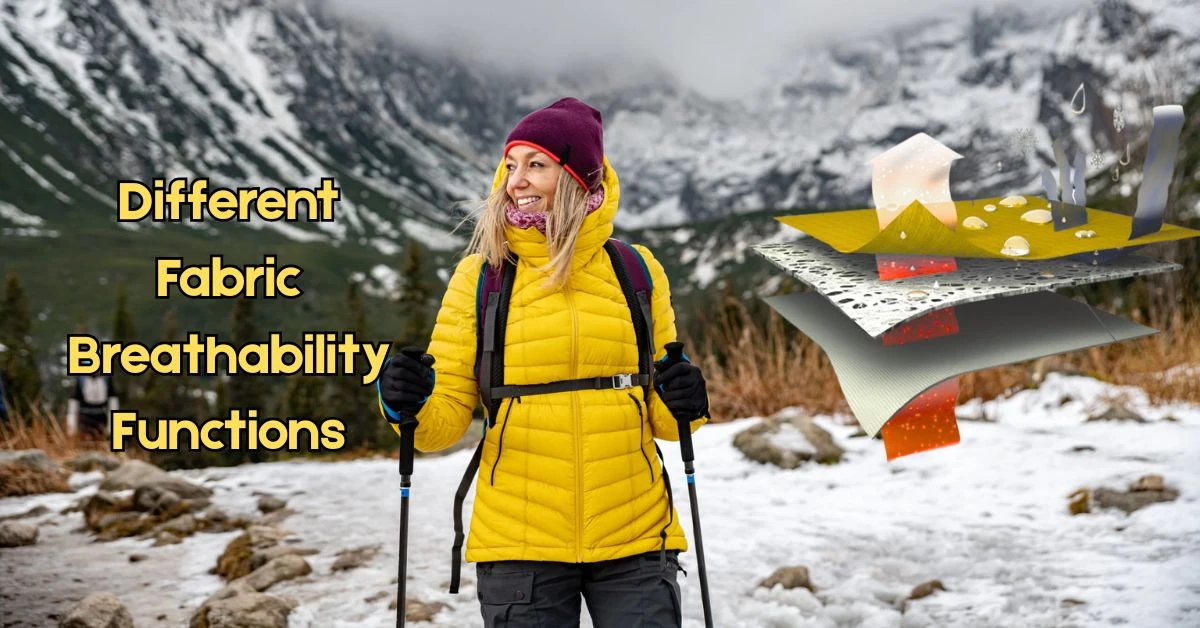
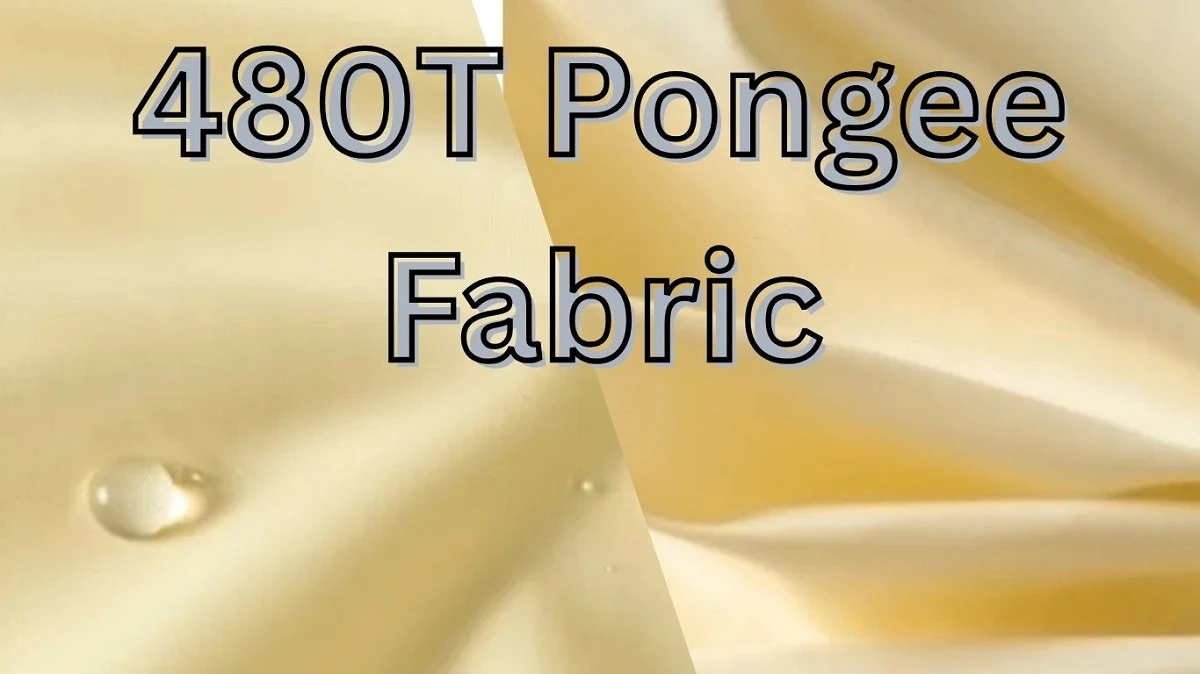
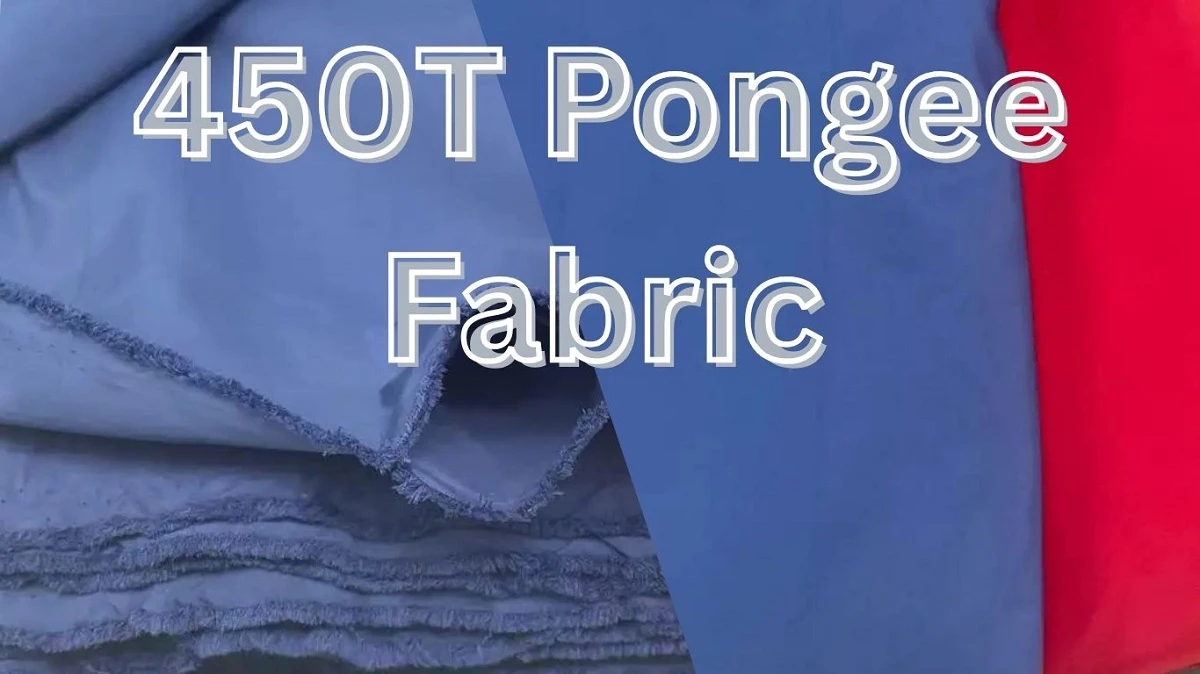
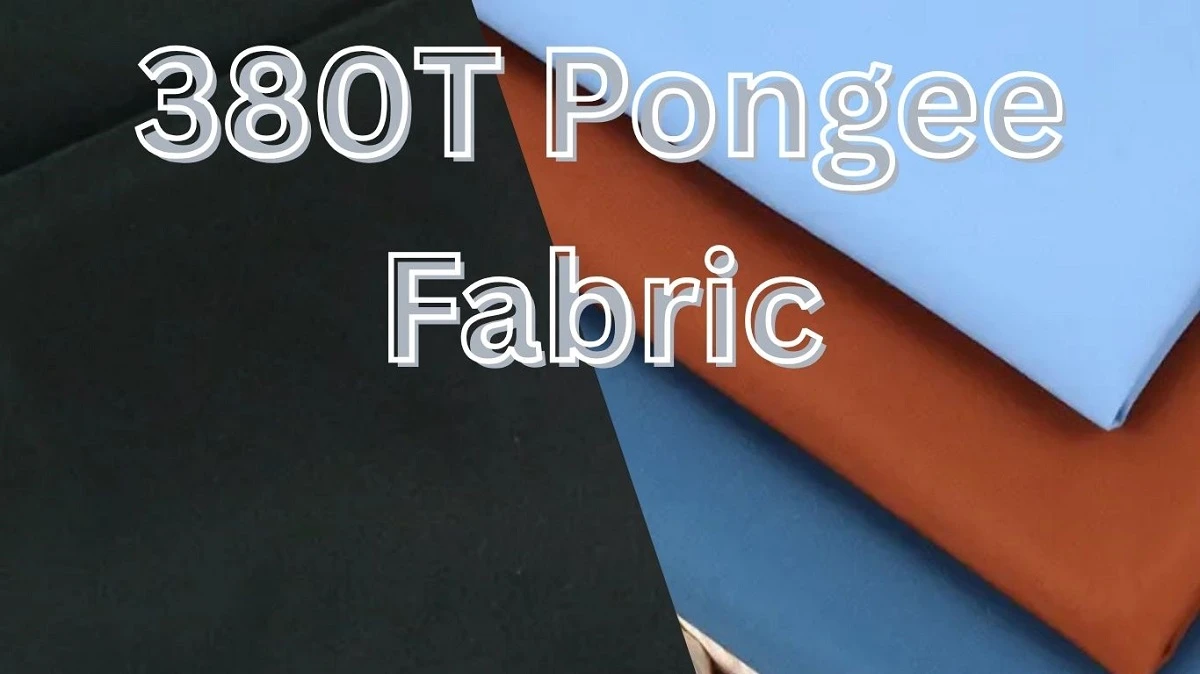
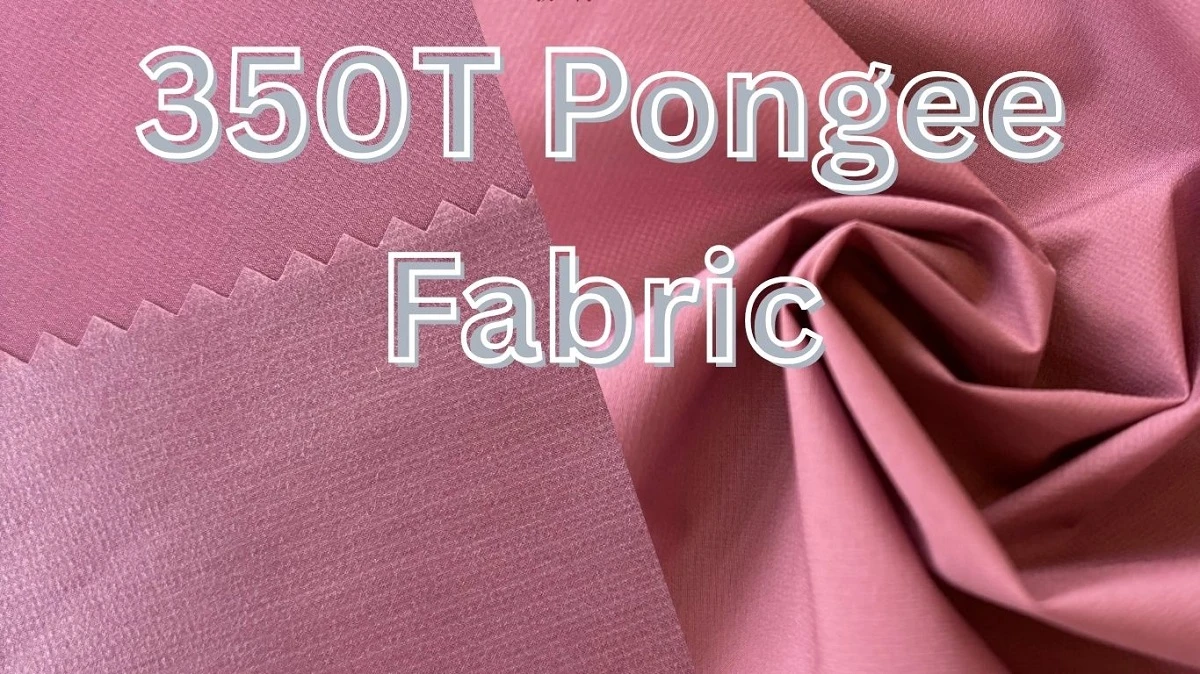
Comments - 00
Leave A Reply
Thanks for choosing to leave a comment.